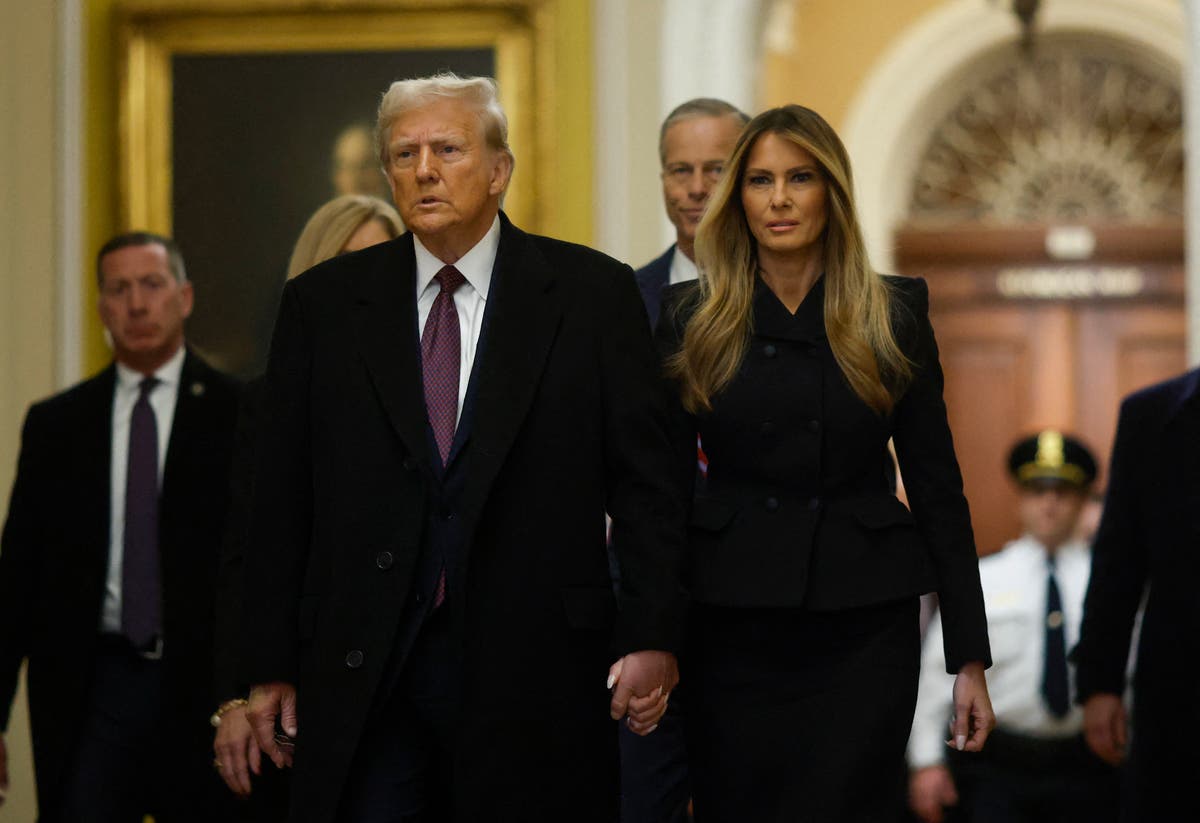The Biden administration has announced its decision to maintain protections for approximately 2,000 grizzly bears in four Rocky Mountain states, a move that drew criticism from Republican officials. The decision defies calls for the removal of protections, prioritizing the continued recovery of the species.
This reclassification allows the continued protection of grizzlies in areas where they're still threatened. However, protections will be lifted in states like California, Colorado, New Mexico, and Oregon, where the bear population is no longer considered endangered. The reclassification aims to facilitate the species' eventual delisting, yet the timeframe remains unspecified.
The move sparked immediate backlash from Montana Representative Ryan Zinke, who described the administration's actions as a politically motivated attempt to appease environmental groups. Zinke cited a short timeframe for the decision and claimed the move was politically motivated to appease environmental groups.
The decision comes after years of conservation efforts and legal challenges. Since being listed as a threatened species in 1975, grizzly bear populations have faced threats from human encroachment and hunting. Significant recovery has occurred in key regions, such as around Yellowstone and Glacier National Parks.
The ongoing tension between conservation efforts and the desires of ranchers in affected states underscores the complexity of the issue. State-level initiatives to manage grizzly populations, including potential hunts, are factored into the decision-making process. Federal officials considered these factors, along with the potential for increased human-wildlife conflicts, in their decision.
The U.S. Fish and Wildlife Service asserts that the population in key areas has recovered from the threat of extinction. However, concerns remain regarding potential conflicts between grizzlies and human activities, as well as the effectiveness of state-level regulations for safeguarding the species' well-being. In areas like Wyoming, significant interest was demonstrated by applicants for hunts before they were prevented.
The reclassification decision is a crucial step in the ongoing conservation struggle. The decision, while maintaining protection for a significant population, reflects the complexities of managing wildlife populations in the face of competing interests.







